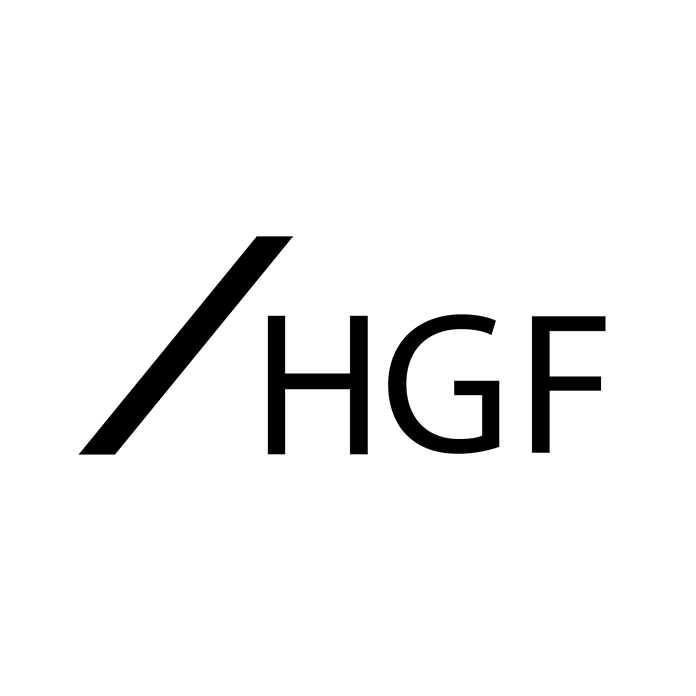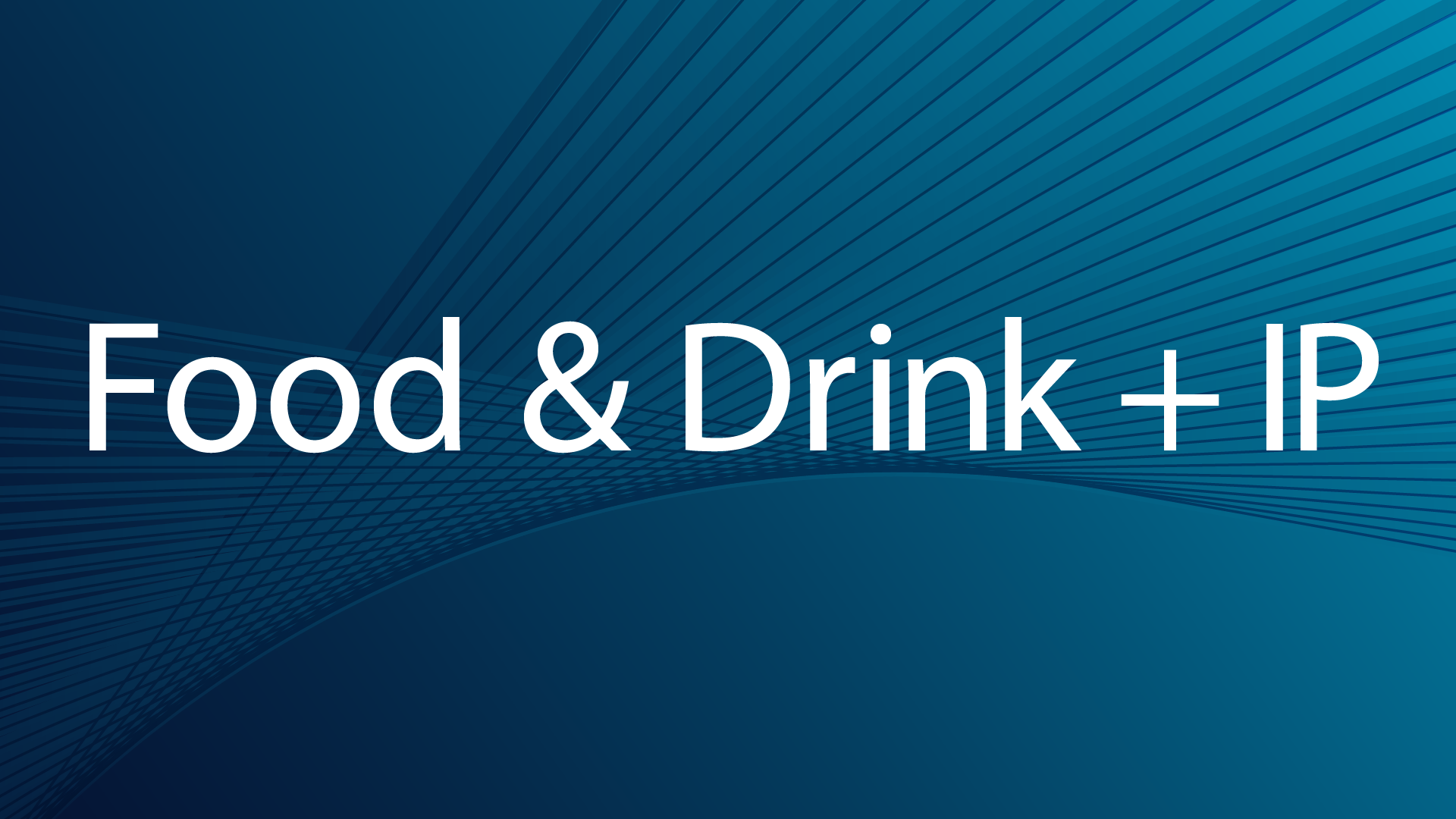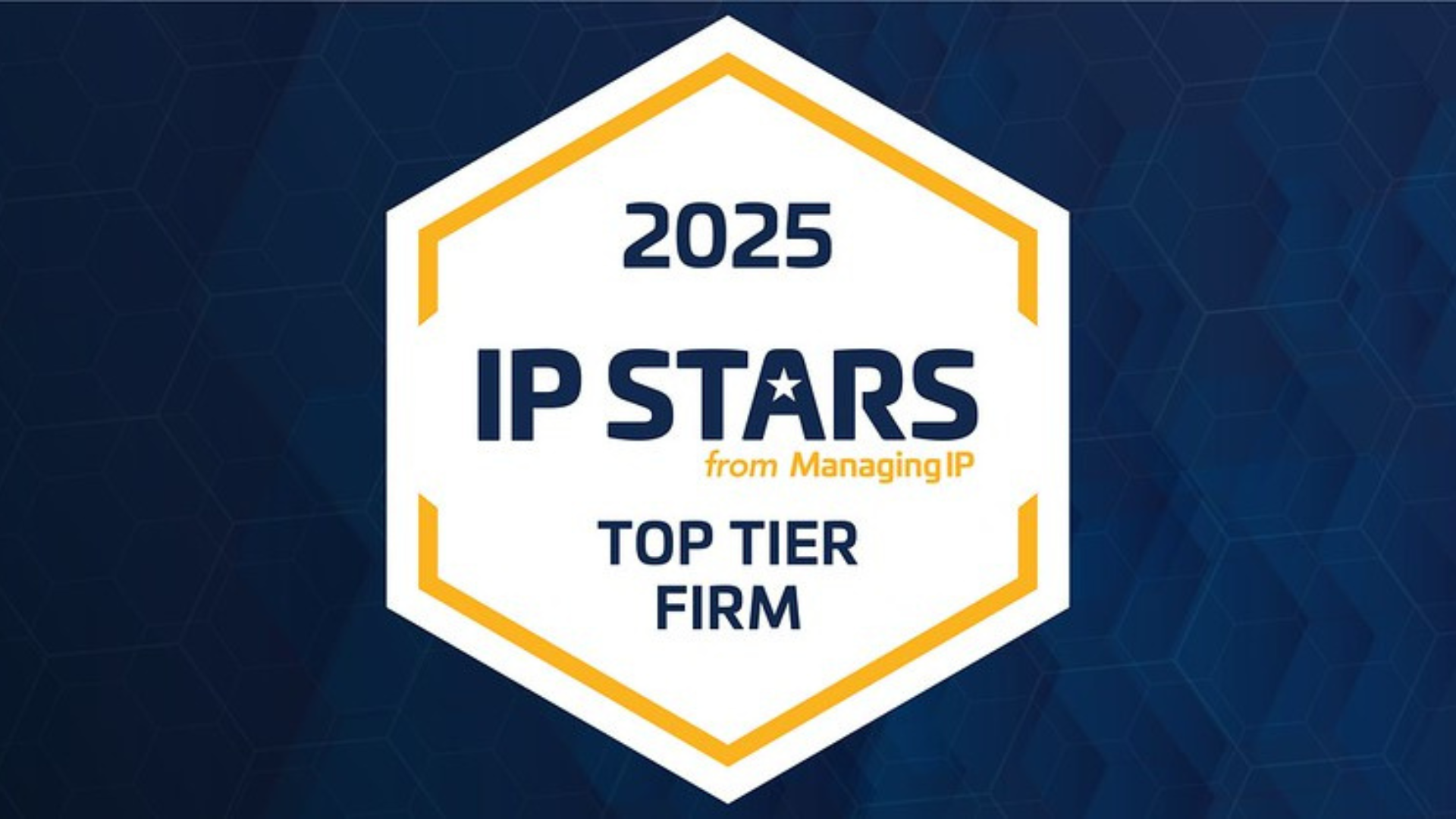News
Njoy v Juul finds the patent’s underlying problem despite no mention of the problem in the specification
November 2024
In Njoy v Juul (UPC CFI 315 /2023), the Paris Division of the Central Division provides further insight into the UPC’s approach to inventive step. Of critical importance in assessing inventive step is the underlying problem of the patent-in-suit. Until now, the UPC has considered cases where the patent-in-suit explicitly stated the underlying problem it seeks to solve. Njoy v Juul provides our first insight into how the underlying problem can be determined if the patent-in-suit is silent on any such problem.
The UPC’s framework to assessing inventive step
Since the UPC Court of Appeal (UPC_CoA_335/2023) overturned 10x Genomics’ preliminary injunction against Nanostring in early 2024, we have had a clearer indication of the approach that the UPC takes on inventive step. Indeed, the Court of Appeal’s approach now seems to be fairly well-established, especially in the life science field. In this regard, the Court of Appeal’s approach has been closely followed in several decisions, for example, in Sanofi v Amgen (UPC 1/2023) and, more recently, in Nanostring v President and Fellows of Harvard College (UPC 252/2023).
In the latter decision, the UPC’s Munich Central Division provided a step-by-step summary of the legal framework for inventive step. While recognising that inventive step should be assessed on a case-by-case basis, the court nevertheless saw the first step in this framework as determining the starting point in the state of the prior art.
Identifying a starting point
While the concept of identifying a starting point may superficially appear familiar to those accustomed to EPO practice, the UPC is inclined to apply a significantly lower threshold when determining the suitability of a prior art teaching as a starting point. As such, what appears to be decisive is merely whether the prior art teaching “would have been of interest” to a skilled person. There is also no need for the starting point to be the most promising, nor is there a bar against starting from multiple realistic starting points.
Furthermore, unlike the EPO’s problem and solution approach, little regard is given to the technical differences between the claimed invention and the starting point once the starting point is established. Thus, while the EPO formulates an objective technical problem in terms of the technical effect arising from the technical differences, this does not appear to be part of the approach taken by the UPC. Instead, once the starting point has been identified, the subsequent question is whether it would be obvious for the skilled person to arrive at the claimed solution in view of the underlying problem, namely the problem that the patent states is solved.
The fundamental question is , “is the invention obvious?”
In general, a claimed solution is deemed to be obvious if the skilled person would be motivated to consider the claimed solution and to implement it as the next step in developing the prior art. On the other hand, it may also be relevant whether the skilled person would have expected any particular difficulties in taking any next step(s). In Nanostring v President and Fellows of Harvard College, however, the court dismissed difficulties that were not mentioned in the patent-in-suit and accepted the plaintiff’s position that the difficulties identified by defendant were routinely solved by a skilled person and would have had no bearing on any expectation of success. Accordingly, despite an expectation of success being a key consideration when assessing inventive step at the EPO, the UPC seems to have little appetite for requiring an inventive solution to have expectation of success. Indeed, in Sanofi v Amgen, the court held that the question of whether there was any expectation of success could be left unanswered because the claimed solution was obvious by virtue of being an obvious next step.
Overall, therefore, once the starting point has been identified, the UPC’s legal framework to inventive step seems to give primacy to the bare question of “is the invention obvious?”. This is also reflected in the UPC’s approach to technical advantages. Whereas, at the EPO, such advantages are key to establishing the objective technical problem and can have a significant sway on supporting a finding of inventive step, the legal framework summarised in Nanostring v President and Fellows of Harvard College places technical advantages fairly low in the pecking order of importance. Although technical advantages can be indicative of an inventive step, given the rationales applied in the decisions so far, it is questionable whether a technical effect can be relied upon to render an obvious teaching inventive.
What Njoy v Juul adds to our understanding
This month’s decision in Njoy v Juul adds further insight into the UPC’s inventive step framework. Since the bare question of “is the invention obvious?” is answered with the underlying problem of the patent-in-suit in mind, what happens when the problem is not explicitly stated? In Njoy v Juul where the patent was silent on the underlying problem, the latter was interpreted in the light of the interplay between two claim features. These happened to be the features not disclosed in the prior art. However, it is unclear whether the focus will always be on the interplay of the undisclosed features for other cases where the underlying problem is not defined.
Conclusion
Because the question of obviousness is decided with the underlying problem in mind, the definition of the underlying problem when drafting the application appears to be of significant importance. In the absence of a definition, the court will construe the problem and, while the approach in this instance may have led to a favourable outcome for the patentee, this may not always be the case.
To reduce the risk of uncertainty, practitioners may wish to have a better understanding of the prior art landscape at the drafting stage. This may allow a more affirmative definition of the problem to be included in the drafting stage.
It also remains to be seen how the UPC will consider scenarios where convincing evidence is found to demonstrate that the underlying problem is not solved across the scope of claim. At the EPO, this would allow the patentee to reformulate the technical problem. However, in certain national courts, the fact that a problem is not solved across its scope can in itself be viewed as an indication of obviousness. We remain vigilant as to how the case law will develop in these respects.
This article was prepared by Partner & Patent Attorney Hsu Min Chung.






























